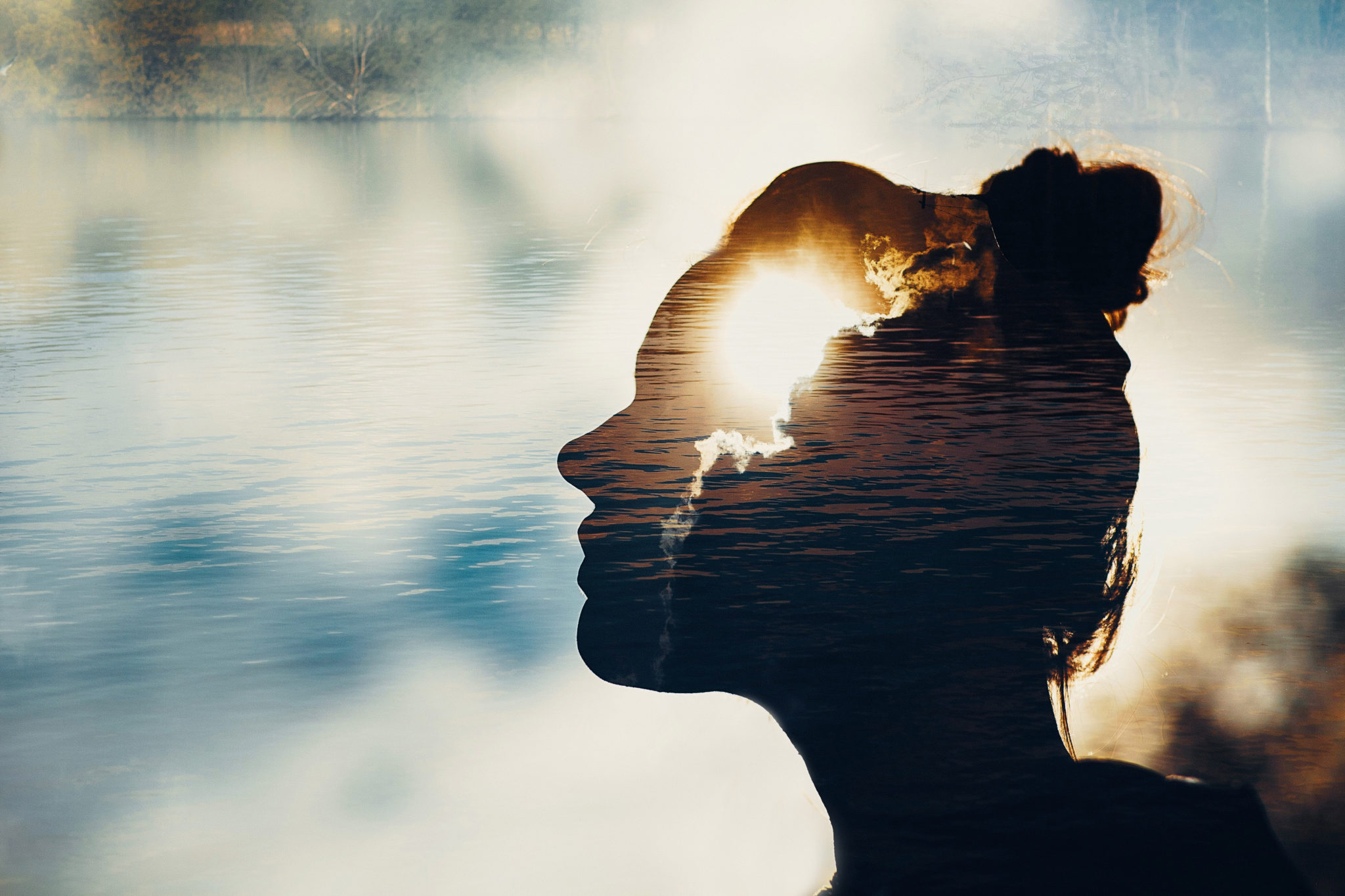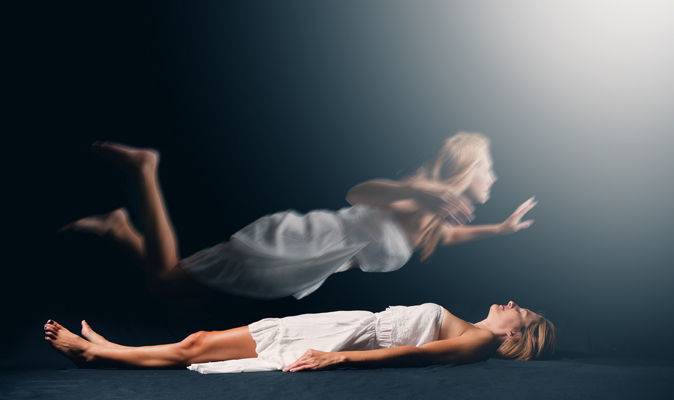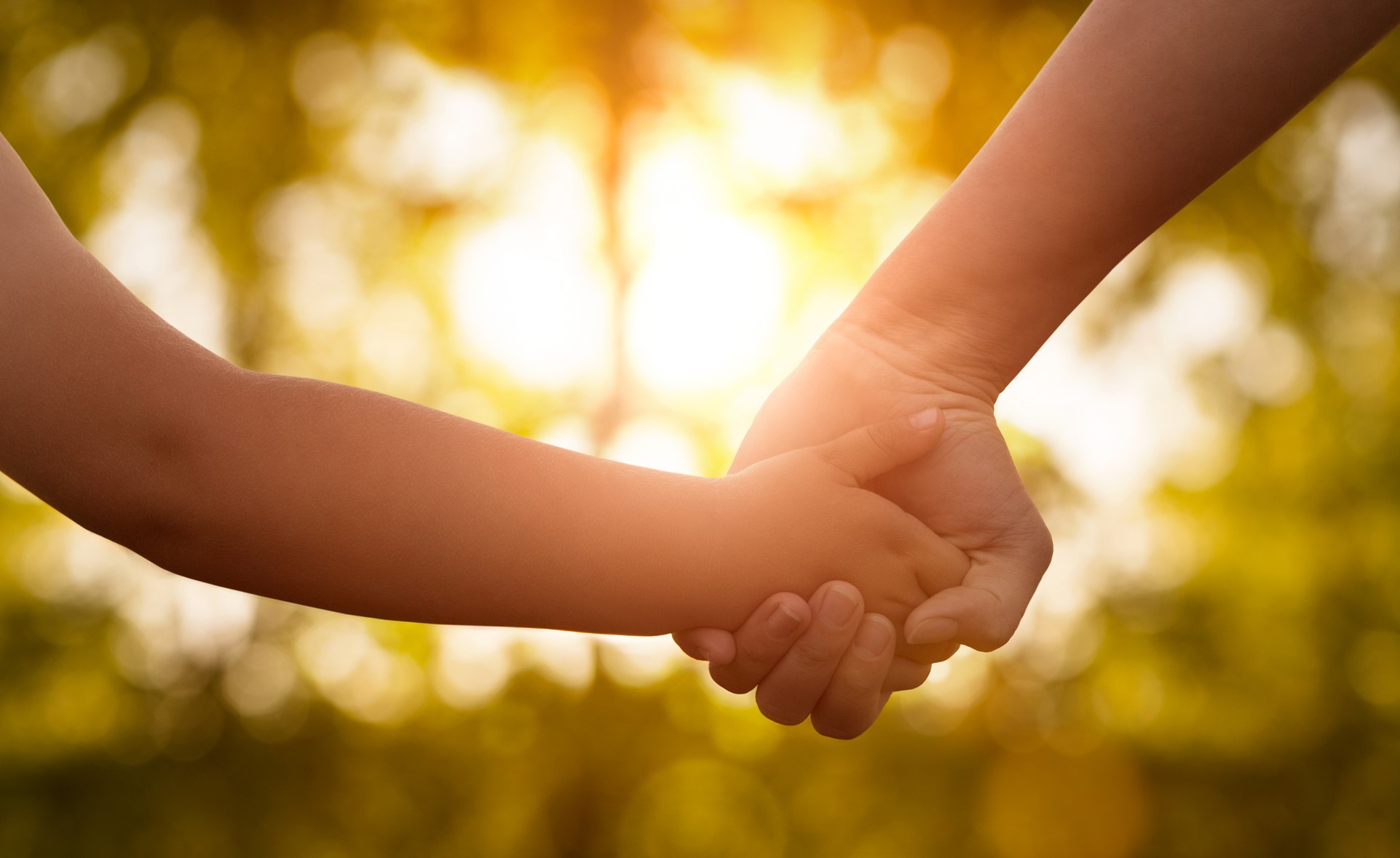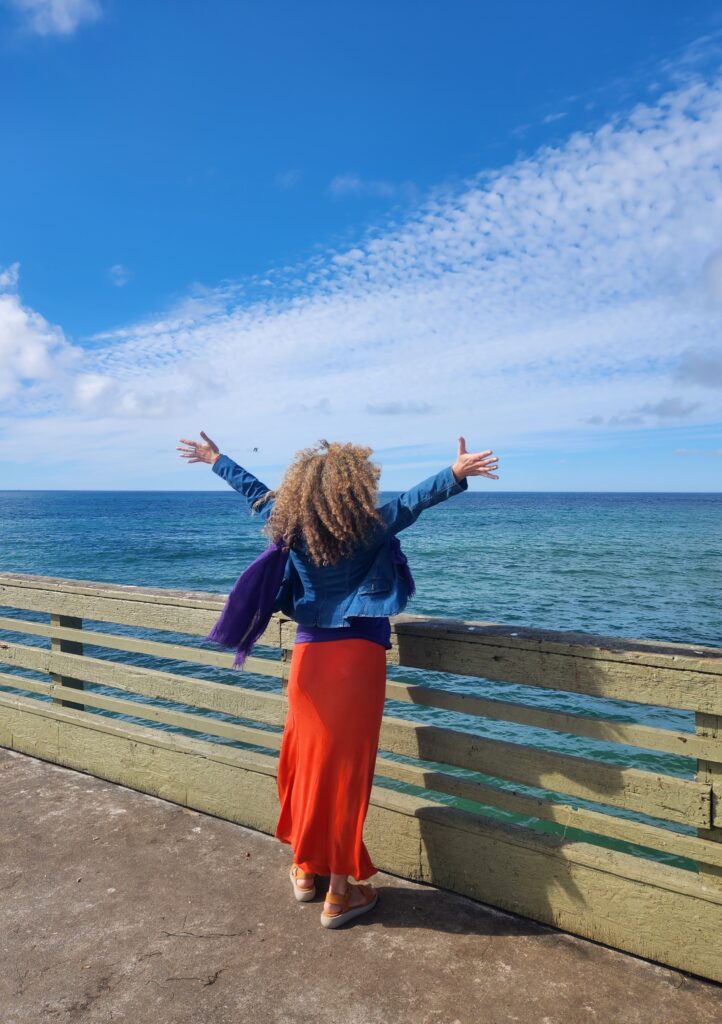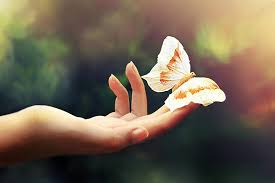Your Autonomic Nervous System (ANS) is a remarkable network that runs behind the scenes of daily life. It governs the functions we don’t consciously control, like breathing, digestion, circulation, hormone release, and immune responses. Within it are different branches that determine how we respond to the world around us, whether through calm connection, mobilization, shutdown, or appeasement.
When we understand how the ANS works, we begin to see that many of our emotional, physical, and relational challenges are not flaws or failures. They are simply our body’s best attempts to keep us safe.
The Branches of the ANS
1. Ventral Vagal (VV) – Safety, Connection & Social Engagement
The ventral vagal branch of the parasympathetic nervous system is active when we feel safe, grounded, and connected. It helps regulate our heart rate, lungs, digestion, voice, and even the muscles in our face and middle ear.
When this system is online:
-
Our face is open, warm, and expressive.
-
Our voice has melody, depth, and flow.
-
We feel grounded in our body and open to others.
-
We are curious, playful, and creative.
This is our natural “rest and connect” state. It’s also the state that supports healing, repair, and resilience.
2. Sympathetic – Fight or Flight
When social engagement doesn’t work—when we sense danger—the body turns up the dial through the sympathetic nervous system. This prepares us for action:
-
Fight: Anger, irritability, jaw clenching, fists tightening, narrowed eyes, or urges to lash out. Breath becomes shallow or held. Cortisol and adrenaline flood the system.
-
Flight: Anxiety, urgency, restlessness, fidgeting, trembling, or feeling like you “just need to get out.” Breathing is quick and shallow, legs and arms feel charged to move.
Sympathetic activation isn’t bad—it helps us survive danger. But when it’s chronic, it can erode our health, leaving us stuck in hyperarousal.
3. Dorsal Vagal (DV) – Freeze & Collapse
If fight or flight doesn’t resolve the threat, the body may move into freeze or shutdown through the dorsal vagal branch. This is an ancient survival response designed to conserve energy and “play dead” until the danger passes.
Signs of dorsal vagal shutdown include:
-
Numbness, collapse, exhaustion, or paralysis.
-
Shallow breathing, low oxygen, pallid complexion.
-
Dissociation, fogginess, or feeling “not here.”
-
Muscles become heavy, limp, or without tone.
At one end, the dorsal vagal system supports rest and digest. At the other, it protects through immobilization.
4. The Fawn Response – Appease to Survive
In addition to fight, flight, and freeze, trauma experts have identified a fourth survival response: fawn.
The fawn response arises when neither fighting, fleeing, nor freezing feel safe or effective. Instead, the body learns to survive by appeasing, placating, or over-accommodating others in order to avoid conflict with them or harm from them.
Signs of fawning may include:
-
Difficulty saying no or setting boundaries.
-
Automatically agreeing to keep peace, even at personal cost.
-
Hyper-attunement to others’ needs while ignoring your own.
-
Feeling safe only when pleasing or being accepted.
Though often overlooked, fawning is common—especially in those who grew up with unpredictable caregivers or environments where their safety depended on keeping others happy.
Health & the Nervous System
All of our body’s focus ultimately comes back to survival. When the ANS is chronically stuck in fight, flight, freeze, or fawn, the body has less capacity to repair itself. Systems like digestion, immunity, and cardiovascular function are put on hold. Over time, this contributes to inflammation, autoimmunity, pain syndromes, and even neurodegenerative conditions.
Research, including the work of Dr. Gabor Maté, shows that high levels of early stress and trauma (measured by ACE scores—Adverse Childhood Experiences) correlate strongly with later physical and mental health challenges.
As you read this, notice your own body:
-
Do you feel warmth, openness, and ease (ventral vagal)?
-
Are you restless, tense, or activated (sympathetic)?
-
Do you feel foggy, numb, or heavy (dorsal vagal)?
-
Do you notice a pull to “manage” or appease (fawn)?
Simply observing is the first step toward regulation.
If you feel tight or constricted, try softening your gaze or looking at something pleasant in your environment. If you feel frozen or numb, gently move your eyes, shoulders, or spine. If you notice fawning, pause and ask: “What do I need right now?”
These small acts invite your system back toward balance: towards the ventral vagal state of safety and connection.
✨ Welcome to your Autonomic Nervous System!
By understanding its language, we learn to work with it, rather than against it, and open the door to healing, resilience, and freedom.
Ready to explore your nervous system more deeply, and support clients, family and friends with theirs? Join us for the 6 week Grace & Somatics: Trauma-Informed Life Training by clicking here!
To read more about why integrating our “stuckness” matter, please click my related blog here.



